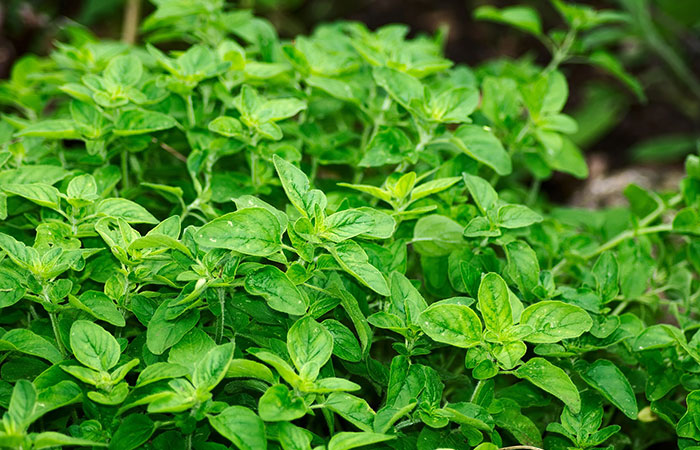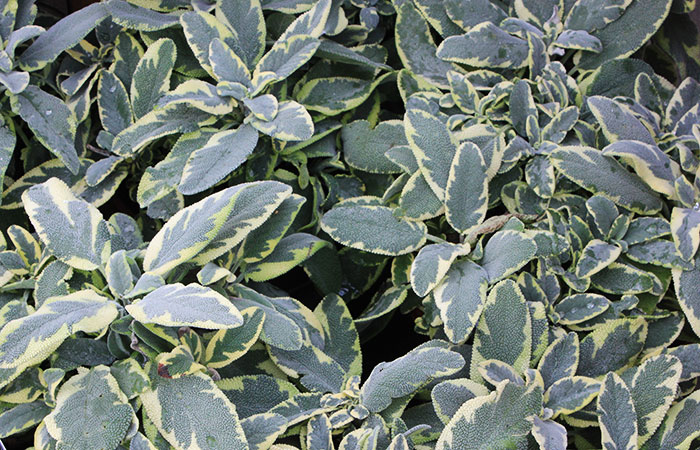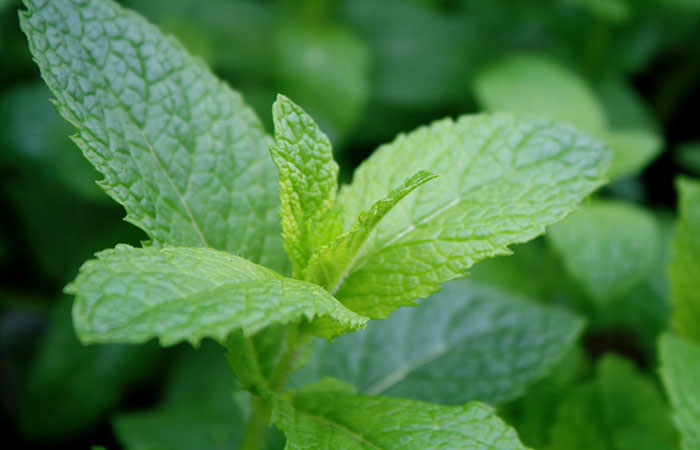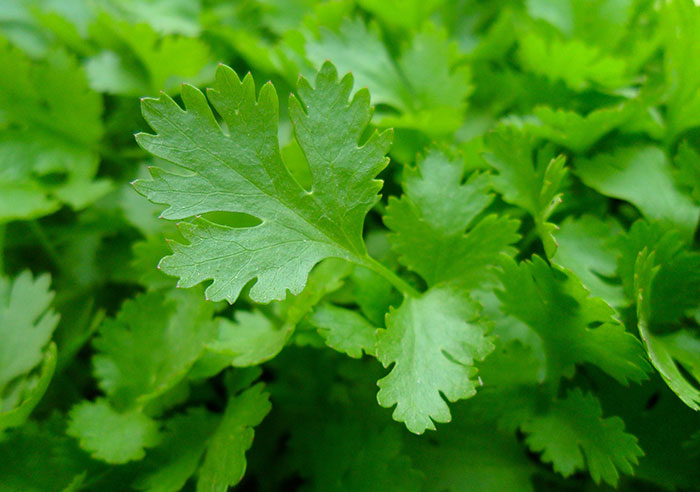Grow Herbs Indoors this Winter
Growing herbs indoors is a fun and convenient way to have fresh herbs on-hand for cooking. They also look beautiful and smell wonderful. For those without outdoor growing space, growing indoors is a great alternative.
Even if you already grow herbs outdoors, growing even a small herb garden in your kitchen window allows easy access through the cold and rainy months. And of course, there are some herbs that need warmer temperatures than our winters provide. An indoor herb garden allows you to grow basil, cilantro, and other tastes of summer all year round.
Herbs are naturally outdoor plants, but they can be grown indoors with proper care. While some herbs need special equipment and frequent attention to thrive indoors, others can be grown relatively easily on a sunny windowsill.
Relatively Easy Indoor Herbs

Herbaceous (leafy) perennial herbs such as parsley, chives, oregano, and mint are among the easiest herbs to grow indoors. Herbaceous annuals such as chervil, cilantro, and basil can also be grown from seeds or starts indoors. Keep in mind that annuals are naturally short-lived and will need to be re-planted periodically.
Any of these herbs will grow in an unobstructed south or west facing windowsill without supplemental light during the summer, but extra light will help them thrive through the winter. They may still grow more slowly and live for a shorter time than they would outside. But if you follow the care tips below, they should have few problems.
More Challenging Indoor Herbs

Woody herbs such as thyme, rosemary, and sage are more challenging to grow indoors. It’s not impossible, but is likely to require special equipment and attentive care. Keep in mind that rosemary and sage will eventually grow into shrubs several feet tall, so successful plants will need to be transplanted to larger pots over time.
Even a very sunny, south-facing window is unlikely to provide enough light for these herbs. You will have much better chances of success using a supplemental grow-light. These can be found here at Sky Nursery in the seed-starting section.
These herbs are more likely to develop disease and pest problems when grown indoors. Following the care tips below can help prevent this, but you may need to treat your plants with organic pesticides such as neem oil and/or replace your plants from time to time.
Indoor Herb Care Tips

- Herbs need lots of light. Light filtered through windows is automatically weaker than direct sunlight outside. At the least, herbs need to be placed close to a south or west window that is not shaded. Add supplemental grow-lights if needed. Mint needs slightly less light than other herbs.
- Indoor air is drier than outdoor air, so keeping the air around your herbs humidified is key. Fill a saucer partway with water, place rocks in it so that they emerge above the water, and then place your potted herb on top of the rocks. This will allow the plant to benefit from the water vapor leaving the saucer without sucking up excess water.
- Ensure good drainage. Use potting soil, not compost or garden soil, and make sure your container has drain holes. Terra cotta pots allow water to evaporate easily. Wait until the soil in your container is dry to the touch at least two knuckles down and the pot feels light when you pick it up before watering. Mint can tolerate wetter conditions than other herbs, but still doesn’t like to be constantly soaked.
- Provide good air circulation. Outdoors, herbs have the benefit of constant breezes. This helps prevent fungus spores from settling in, and supports the overall health of the plant. Make sure there is air space around each plant, and consider providing a small fan for extra air circulation.
- Feed with organic fertilizer. Fertilizer encourages growth, helps plants ward off pests and diseases, and improves the flavor of herbs. We recommend organic fertilizer because it is environmentally friendly and good for the long-term health of your plants. Make sure to feed your indoor herbs regularly with a liquid organic fertilizer.
- Harvest judiciously. Allow your herbs to become established and put on new growth before you harvest. Depending on the time of year and other conditions, this could take several weeks to several months. Once your plant is growing vigorously, harvest no more than one third of the plant at a time. Let the plant rest and re-grow before harvesting again.

